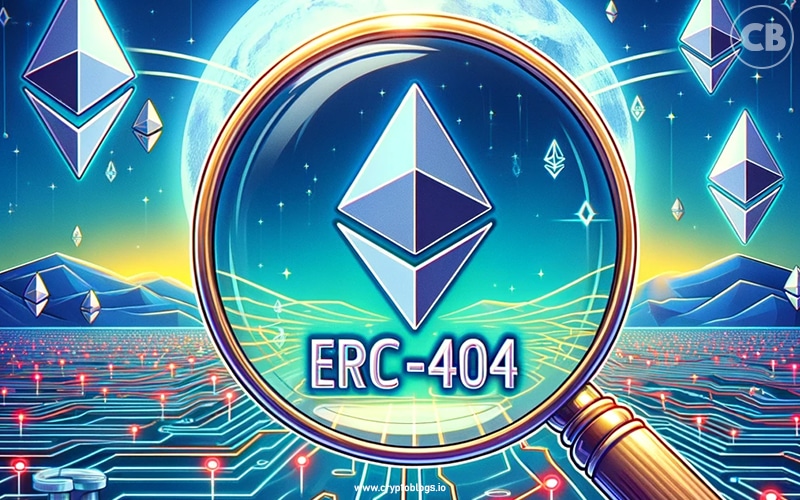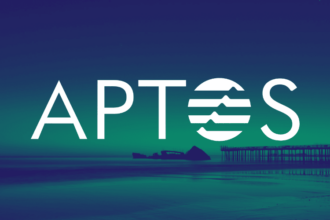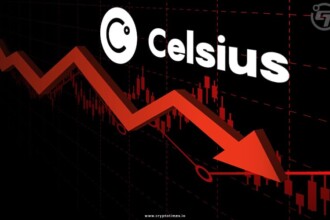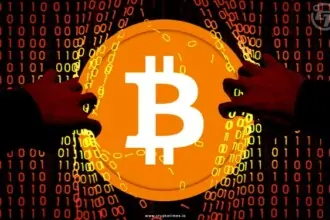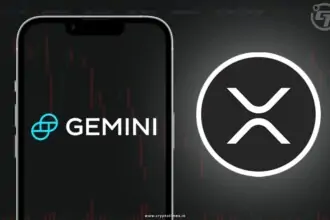The crypto landscape is continually bombarded with newer innovations every few months. Most of these developments are built directly or indirectly using Ethereum’s infrastructure.
One of these innovations is ERC-404 tokens, which have become the talk of the town in the crypto community and, more specifically, in the NFT ecosystem. Ethereum developers are closely watching and experimenting with this new token standard. Within days of its launch, the ERC-404 ecosystem has already accumulated a market cap of $225 million, according to Coinmarketcap data.
Before jumping into the ERC-404, we must first know what ERC is.
What is ERC on Ethereum?
ERC is an acronym for Ethereum Request for Comment, which is a technical term used to describe token standards on the Ethereum blockchain. It represents a set of rules for tokens that defines certain characteristics and functionalities. The most popular Ethereum token standards are ERC-20, ERC-721 and ERC-1155.
Now back to the topic, what are the ERC-404 tokens, and why are they hyped in NFT space? Let’s understand it through this article.
What is ERC-404?
The ERC-404 is a newly introduced Ethereum token standard that combines the functionality of both ERC-20 and ERC-721 tokens. This novel development enables the creation of fractionalized NFTs that can be traded freely in live markets anytime.
Where ERC-20 stands as a fungible and ERC-721 as a non-fungible token standard, this token standard is a hybrid of both and is thus described as “semi-fungible.”
Each ERC-404 token represents an interrelated NFT that the holder owns. When the holder transfers a fraction of the token, the underlying NFT is automatically burned. If the holder gets back every fraction into their wallet, the whole NFT is minted again to their wallet. It essentially creates a token-backed NFT or could be vice versa.
This experimental token standard is developed by anonymous Ethereum developers Freak (@maybectrlfreak) and Acme (@0xacme). It is not currently considered an official token standard as it needs to be passed through Ethereum governance for its viability.
How ERC-404 Token Functions
The primary purpose behind introducing ERC-404 is to create liquid NFTs, which are primarily illiquid due to their nature of non-fungibility. NFTs can be only traded as a whole token as per their floor price. In addition, users also have to go to specialized NFT marketplaces to trade NFTs. What ERC-404 enables is selling it in fractions on leading crypto exchanges such as Binance and Coinbase.
Suppose a user buys 1 ERC-404 token. A new NFT will be minted to their wallet. When this user sells even a fraction of the token, for instance, 0.1 or 0.25, the NFT will be burned. It requires one whole token for NFT to be minted. Thus, the fractions of tokens can be held by multiple users, all of whom have the underlying NFT ownership.
This functionality is enabled by unique IDs provided to every token developed under the ERC-404 token standard. Using IDs, each ERC-404 token can have a unique identity sequence referring to the NFT. For example, a token having an ID of “1” can be used fractionally as “1.1” or “1.2”, and it can be combined with another token ID of “2” as “2.1.1” or “2.1.2” in a sequence.
Use Case of ERC-404 Tokens
The interrelating token structure of ERC-404 can be leveraged to build a variety of applications based on NFTs. It can also be used to scale existing NFT collections that face illiquidity problems. For instance, the NFT can be turned into ERC-404 tokens and listed on crypto exchanges for trading. Its market price will follow the NFT floor price.
The concept of ERC-404 also matches the need for gamification at the intersection of crypto and NFT space. While the NFTs have unique ownership and capability to store more than just alphanumeric data, they can not be fractionalized and stored on different wallets. What ERC-404 could enable is dividing NFT into tokens that are tradable, transferable, and programmable.
For example, a Bored Ape Yacht Club (BAYC) NFT could be turned into ERC-404. It will allow multiple users to own that particular Bored Ape NFT in fractions.
ERC-404 Projects
Despite the experiment and not being officially recognized as an Ethereum token standard, ERC-404 is already used by many developers. Some of the popular projects are as follows;
Pandora
Pandora is the first token to be launched under this new token standard. This project was created by the same developers who introduced ERC-20. Pandora has a token supply of 10,000, which represents 10,000 different NFTs. It has gained significant attention in the NFT and crypto community by reaching a market cap of over $220 million within days.
Several other projects are also developed using the ERC-404 token standard, which includes 404Blocks, DeFrogs, Monarch, Monkees, and more.
While ERC-40 tokens are freshly introduced as an innovative concept, they have also set the ground for newer developments. In the meantime, Ethereum developers have already released alternative options to ERC-404 tokens.
Conclusion:
The hybrid nature of ERC-404 tokens holds the potential to replace all other ERC-721 NFT tokens. Imagine buying ERC-721 NFT tokens, which could be sold only as a whole token as per its asking or bid price. Now, if it’s an ERC-404 token, it could be bought in smaller units, such as 0.1 or 0.2, and can be traded independently. This has also opened doors for a new primitive of NFT-Fi by improving NFT liquidity and allowing programmability.
FAQs
Q1. What is ERC-404 NFT?
Ans: ERC-404 is a new Ethereum token standard that combines both ERC-20 token functionality and ERC-721 functionality. ERC-404 creates a “semi-fungible” token with the characteristics of both fungible and non-fungible tokens.
Q2. How ERC-404 works?
Ans: ERC-404 token standard works by linking every issued token to an NFT. The associated NFT is minted to one’s wallet if he/she purchases a whole token. If he/she opts to sell a fraction of the token, the linked NFT will be burned.


